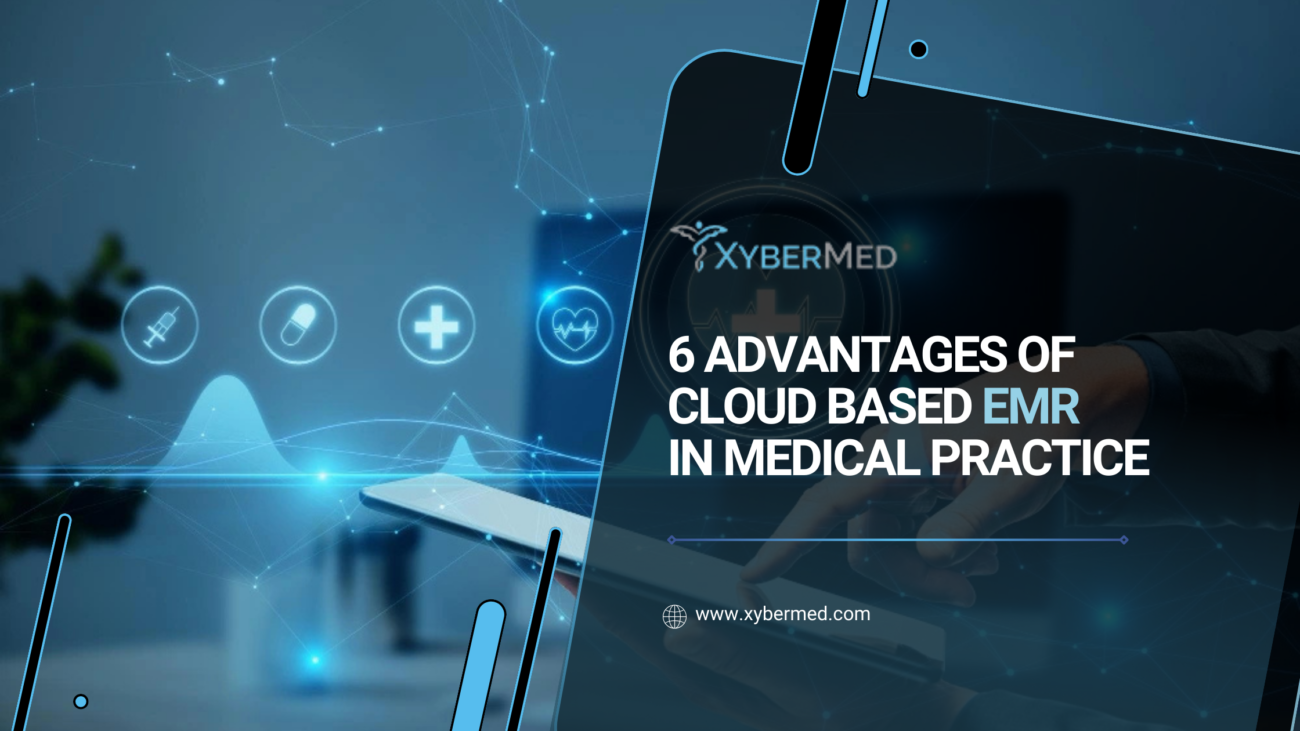If you’re frequently dealing with denials on medical claims using modifier 59, it’s time to reassess your approach with XU modifer in medical billing. Many healthcare providers mistakenly apply this modifier across multiple claims, hoping to bypass bundling issues. However, this can lead to unnecessary claim rejections and compliance risks.
The reality is that more precise modifiers exist to clarify why a procedure should be billed separately. These modifiers help explain to payers why certain services deserve independent reimbursement, preventing unnecessary disputes.
In this guide, we’ll break down the XU modifier i.e. a key tool for improving your coding accuracy and ensuring smoother billing processes.
What Is the XU Modifier?
The XU modifier is one of the X{EPSU} subsets of modifier 59, which was introduced by the Centers for Medicare and Medicaid Services (CMS) in 2015. The subset was created to enhance coding accuracy and limit the overuse of modifier 59.
XU is an abbreviation for “Unusual Non-Overlapping Service.” It shows that a specific procedure is unique from another service that was rendered on the same day and thus eligible for independent reimbursement.
When to Use the XU Modifier
It is important to know when to use the XU modifier for proper billing and reimbursement. Let us look at some practical situations:
A patient has a cystoscopy to assess hematuria. In the process, the urologist detects and biopsies an abnormal bladder lesion. Subsequently, the same patient presents with acute testicular pain, prompting the provider to order a testicular ultrasound. Because the ultrasound is not connected to the cystoscopy and biopsy, proper billing is achieved through the use of the XU modifier.
In a different scenario, an ophthalmologist conducts a routine cataract assessment, which consists of a routine eye exam and biometry. Yet, in the course of the evaluation, the practitioner finds an incidental corneal abrasion and debrides it. Since this extra procedure is not related to the cataract assessment, the XU modifier separates it for reimbursement.
Likewise, take the case of a patient undergoing laparoscopic appendectomy. Intra operatively, an ovarian cyst rupture is found, and a secondary procedure is required. Because the cystectomy is independent of the appendectomy, the XU modifier has to be appended to avoid improper bundling of services.
Proper Billing and Documentation to Avoid Denials and Compliance Problems
Good documentation and coding practices will prevent claim denials and compliance problems.
Apply the XU modifier only when more than one procedure on the same day would under normal circumstances be bundled into National Correct Coding Initiative (NCCI) edits but are actually not. This difference avoids unnecessary denials.
Always check that the procedure is out of the ordinary and is not duplicative of the main service prior to adding the XU modifier. Giving clear justification allows payers to identify that the service is billable separately.
Also, in supporting claims, your records should support a detailed statement of services rendered, the necessity of each one, and how the procedure was out of the ordinary. The time and order of details serve to substantiate the claim as well.
Prevalent Errors That Result in Claim Denials
Abuse of the XU modifier can lead to claim rejections, audits, and even financial fines. Two of the most common errors are that two procedures are different simply because their descriptions differ, using XU on Evaluation and Management (E/M) services, using it when a different X{EPSU} modifier would be more suitable, and not including adequate documentation to support its use.
Best Practices for Using the XU Modifier Effectively
In order to avoid mistakes and maintain compliance, always examine clinician notes prior to using the XU modifier. Apply it only if it is the most appropriate option among the X{EPSU} modifiers. Periodic audits can also reveal previous claim denials and enhance your coding precision. Moreover, arranging continuous training for billing and coding personnel means fewer future mistakes.
Remaining current on CMS guidelines and NCCI edits is key to appropriate modifier use. Maintaining documentation as complete and accurate as possible will also assist in simplifying claim approvals, eliminating delays and denials.
Conclusion
The XU modifier is among the X{EPSU} modifiers added in 2015 to improve coding specificity. It is only to be used when a procedure is indeed separate from the main service done on the same day. Documentation and compliance with NCCI edits are essential for successful claim processing.
Abuse of the XU modifier can lead to audits and monetary penalties, which is why adherence to proper guidelines is crucial. By streamlining your coding techniques, you are able to increase billing accuracy and achieve equitable reimbursement for services rendered.
To remain competitive in the constantly changing arena of medical billing, monitor CMS updates and NCCI revisions in order to ensure compliance and effectiveness. Too busy to do that? Don’t worry, XyberMed is here to save you for the day


